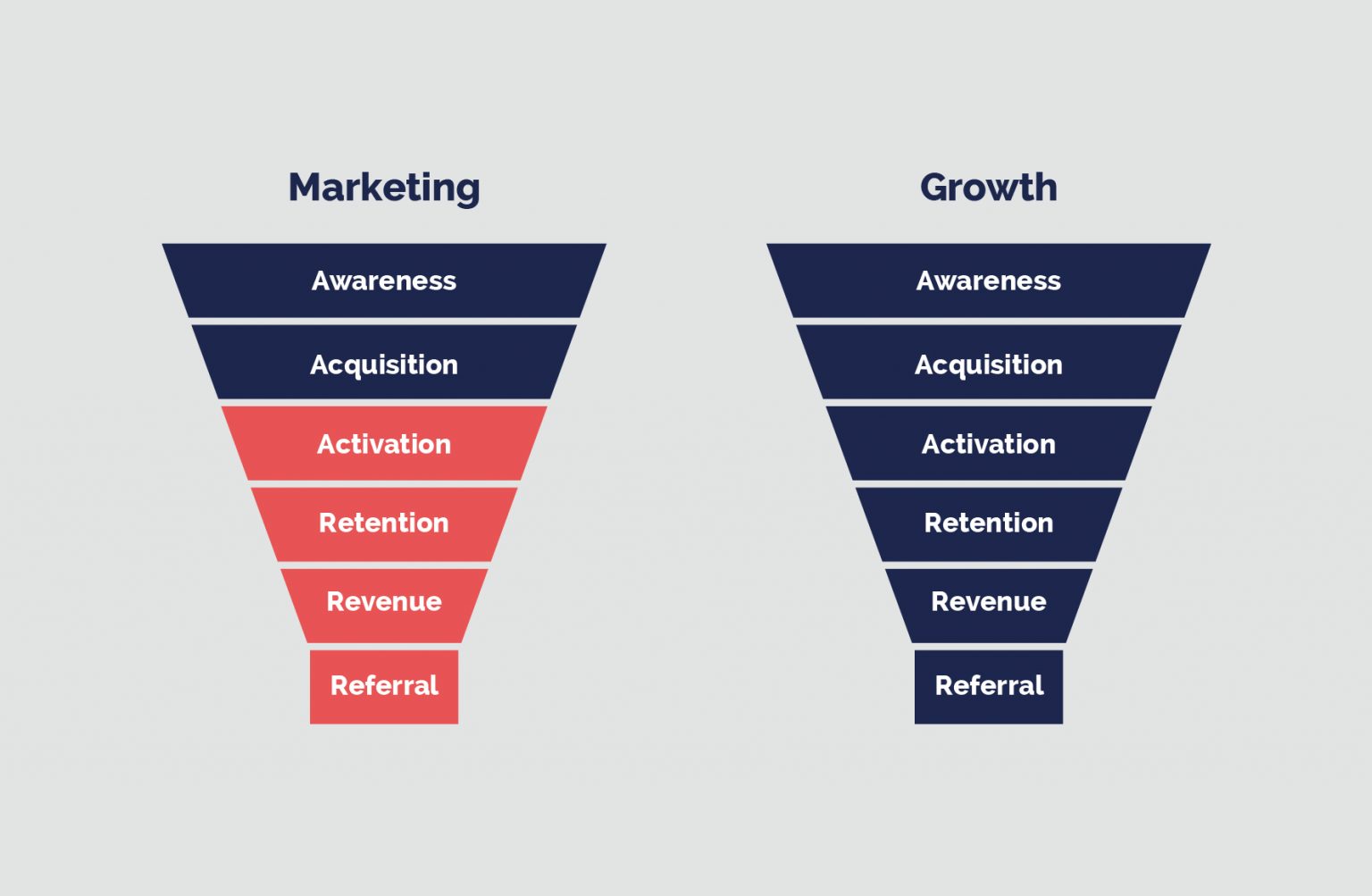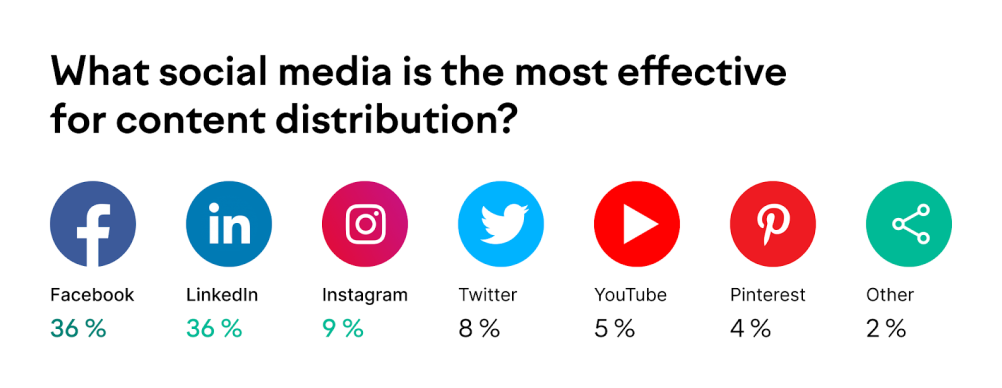Written by
Richard Conn is the Senior Director for Demand Generation at 8x8, a leading communication platform with integrated contact center, voice, video, and chat functionality. Richard is an analytical & results-driven digital marketing leader with a track record of achieving major ROI improvements in fast-paced, competitive B2B environments.

























